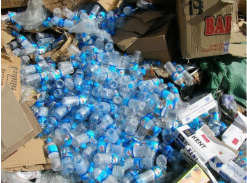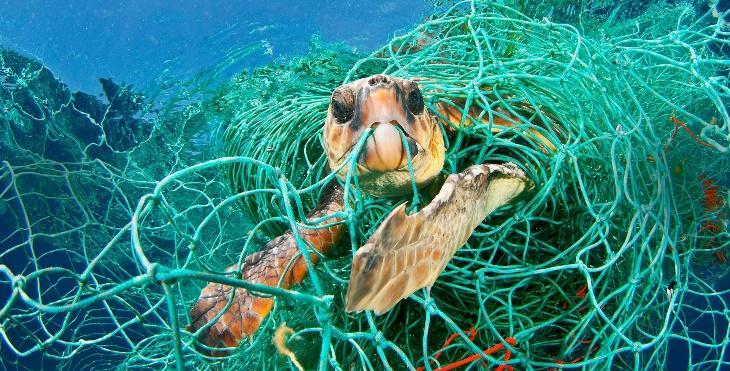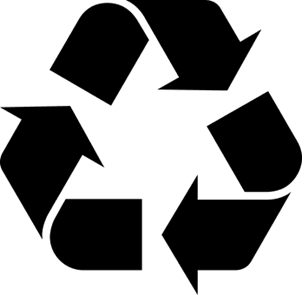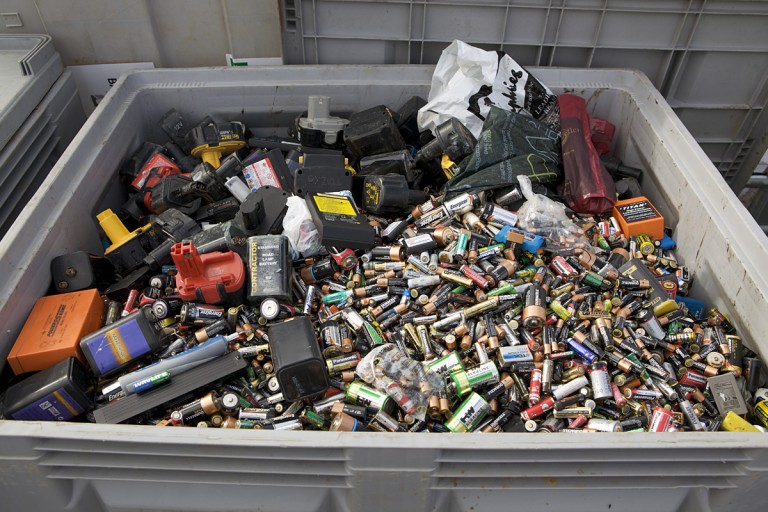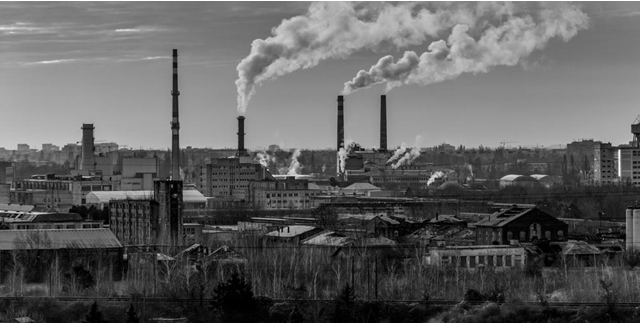What are the harms of water pollution?
We already know that water is the most important resource on the planet. It is the essence of all life on earth. If you have a river or lake around your city, rest assured that the problem of water pollution in them is already full. Because it is people with their daily life, work and fun that are the source of water pollution, which is increasingly turning into a scourge on the modern world and a threat to the survival of the planet.
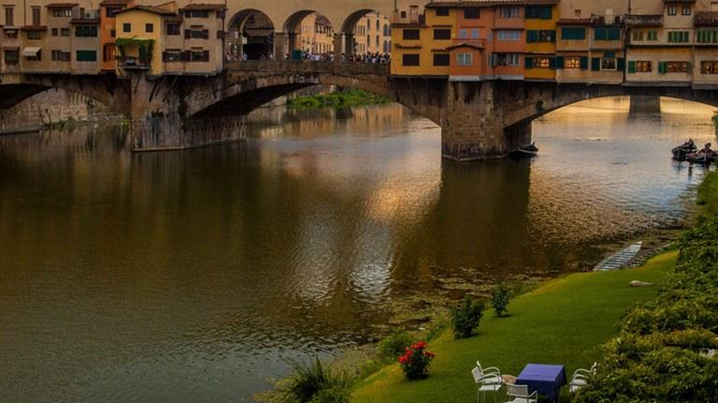
Human activity usually causes pollution of water bodies – oceans, seas, lakes, rivers, groundwater and other bodies of water. Water pollution is any change in the physical, chemical or biological properties of water that will have a detrimental effect on any living organism.
Drinking water is water that is considered safe enough for human and animal consumption. This is the water that is commonly used for drinking, cooking, washing, irrigating crops etc. Nowadays, chemicals, bacteria and other pollutants are already affecting our drinking water.
Sources of water pollution
Some of the most common water pollutants are household waste, industrial waste water, as well as almost all insecticides and pesticides, detergents and fertilizers. Some of the water pollution is caused by direct sources, such as factories, waste management facilities, refineries, etc. that directly release waste and harmful by-products into the nearest water source without treating them. Indirect sources include pollutants entering the water basins through groundwater, soil or through the atmosphere as acid rain.
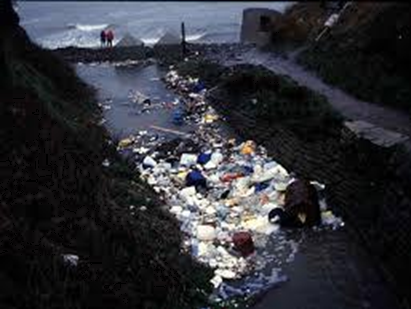
Damage from water pollution
– First of all, there is a danger to our health. Practically all types of water pollution are harmful to human and animal health. Water pollution may not immediately harm our health, but it may be bad after long-term use. Different pollutants affect the health of animals in different ways.
Second: Destruction of ecosystems. They are extremely dynamic and respond to even small changes in the environment. Water pollution can cause the entire ecosystem to collapse, unless timely action is taken.
Third: The so-called Eutrophication: The chemicals in the water bodies encourage the growth of algae. These algae form a layer on the lake. Bacteria feed on these algae and this reduces the amount of oxygen in the water, which greatly affects the aquatic life there.
Fourth: Interruption of the food chain: This occurs when toxins and contaminants in the water are consumed by the inhabitants of the water basins – fish, mussels and more. They are then consumed by humans.
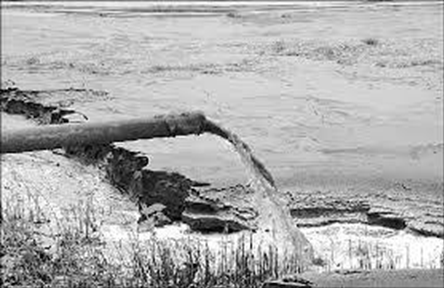
Dangers to the economy
Water pollution can be detrimental to the economy, as treatment and prevention of pollution are usually expensive. Non-degradable waste accumulates rapidly in water bodies and eventually makes its way to the oceans.
How to prevent water pollution
The best way to prevent massive water pollution is to reduce its harmful effects. There are various small changes that we need to make to protect ourselves from a dire future when water becomes scarce.
The easiest and hardest-to-reach approach is how we all learn to save water. This must be our first goal. Because water supply is a major global problem and people are only just beginning to realize it. And the small changes that each of us can make in our personal lives will bring about the huge change the world is striving for.
Better treatment of sewage effluent is required. Thus, treating waste products before discharging them into water will help reduce global water pollution. Agriculture and other industries can reuse this wastewater, reducing its toxic content.
The use of eco-friendly products is particularly important. By using soluble products that do not turn into pollutants, we can reduce the amount of water pollution caused by the household.
Water pollution can be prevented by stopping the pollutants in the nearest reservoir to us. This is done with the use of biological filters, chemical additives, sand filters. Of course, these simple techniques cost money to maintain, but prevention is much cheaper than purifying already contaminated water.
The cost of cleaning pollution depends on many factors. These include the location of the pollution. If it is in an area that is easy to reach, then cleaning costs will be less.
On the other hand, the amount of pollution is affected. The larger the contaminated area, the more expensive the cost of cleaning.The type of pollutant can also have an impact on the cost of cleaning, some pollutants are more difficult to clean than others and therefore more expensive.
There are many different types of water pollution and all have different adverse effects on the environment.
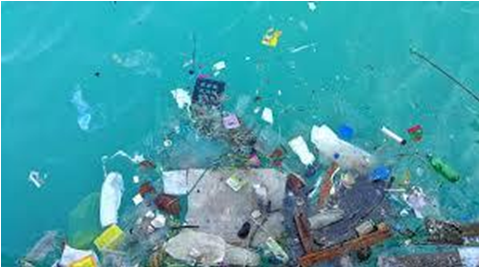
Heavy metals from industrial processes may accumulate in nearby lakes and rivers. They are toxic to marine life like fish and mussels and can affect the rest of the food chain. This means that all animal communities can be severely affected by this type of pollutant.
Industrial waste often contains many toxic compounds that harm the health of aquatic animals and those who eat them. Some toxins affect the reproduction of marine animals and can therefore disrupt the structure of the aquatic environment.
Microbial pollutants from sewage often lead to infectious diseases that infect underwater and terrestrial life through drinking water. This often increases the number of deaths observed in the environment.
Organic matter causes an increase in aerobic algae and depletes oxygen from the water column. This is called eutrophication and causes suffocation of fish and other aquatic organisms.
Sulfate particles from acid rain alter the pH of the water, making it more acidic, damaging marine life in rivers and lakes and often leading to the death of living organisms in the environment.
Suspended particles can often reduce the amount of sunlight entering the water, disrupting the growth of photosynthetic plants and microorganisms. This has a subsequent negative effect on the rest of the aquatic inhabitants, which in turn depend on the survival of these organisms.
So keep in mind: Always buy non-polluting household appliances. Choose chemical free softeners and cleaners
